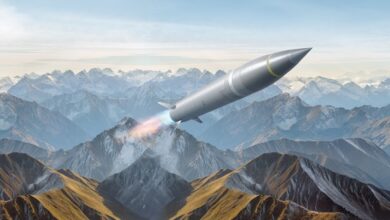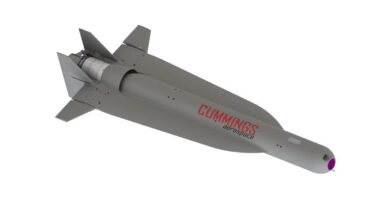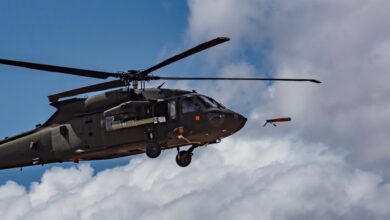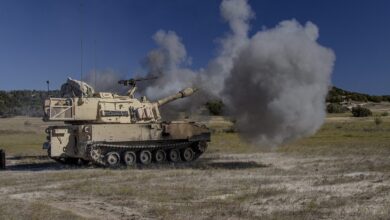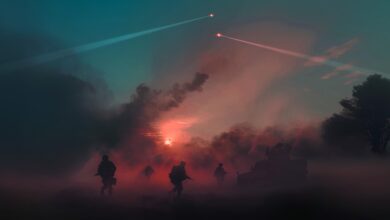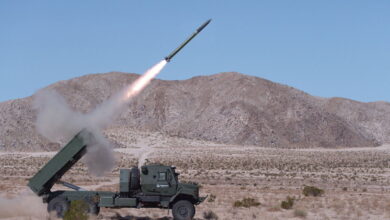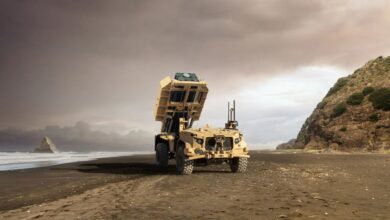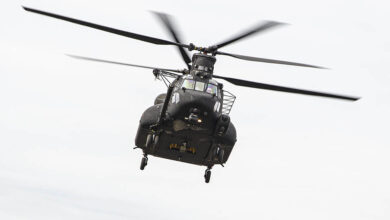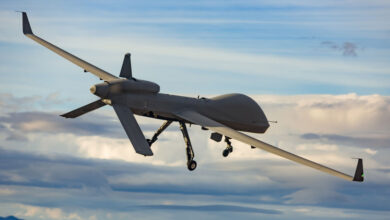Oshkosh Submits US Army Robotic Combat Vehicle Phase II Proposal
Oshkosh Defense has submitted its proposal for the US Army’s Robotic Combat Vehicle (RCV) Phase II: Production Representative Prototype program.
A request for proposals was issued in May for the four defense contractors selected for the RCV Phase I last year: Oshkosh, Textron Systems, General Dynamics, and McQ.
Oshkosh submitted its proposal along with a pair of RCV prototypes it built for phase I on August 19.
According to the contractor, “the Oshkosh RCV is purpose-built to provide soldiers with the capabilities necessary for increased performance, improved maintainability, and flexibility in multi-domain operations.”
Moreover, it is modular and platform-agnostic and supports the integration of future technologies.
RCV Program Phase II
A total of nine prototypes will be built for phase II by each participant at a base price of $118.9 million by early 2026.
The prototypes will be built on the phase I iterations, supporting platform mobility testing and soldier touchpoints as part of the Phase II source selection.
The winner is expected to be awarded a potential follow-on production contract of $607 million, with fielding starting in 2028.
“The Oshkosh team, with Pratt Miller Defense and QinetiQ US, has applied early feedback to deliver prototypes and a Phase II proposal that are soldier-centered and designed to keep pace with the evolving battlefield,” chief programs officer at Oshkosh Defense Pat Williams said.
“We remain steadfast in our collaboration with the U.S. Army to provide the most capable, mature, and production-ready RCV offering to achieve the program’s rapid prototype and fielding schedule.”
Robotic Combat Vehicle
The initiative aims to integrate human-machine integration on the battlefield, putting the uncrewed combat vehicles ahead of the soldiers.
The vehicle should have the capability to defeat light to medium-armored platforms, featuring anti-tank missiles and recoilless rifles.
Three RCV versions were initially envisioned by the service, which later zeroed in on the lighter version that can be transported by rotary-wing aircraft.
It should weigh around 8,500 pounds (3,855 kilograms), with a payload not exceeding 7,000 pounds (3,175 kilograms).
The program has four components: “the chassis, the network that connects the Robotic Combat Vehicle to a control vehicle, the control vehicle and modular payloads,” National Defense quoted Brig. Gen. Geoffrey Norman as saying.



